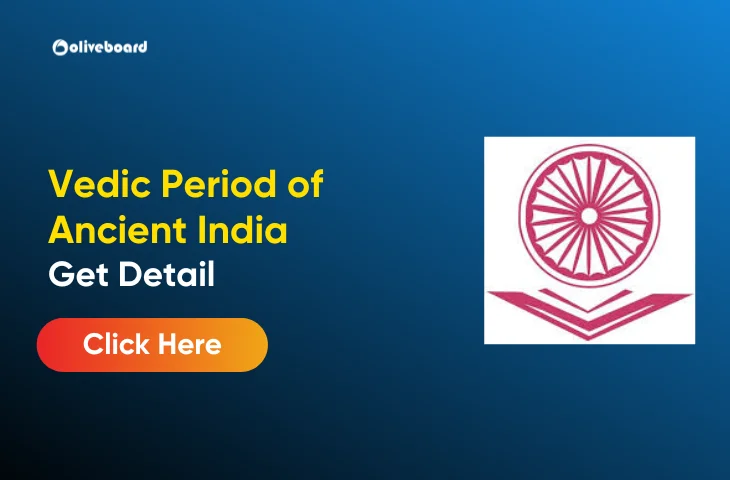Vedic Period
The Vedic Period is one of the most significant epochs in ancient Indian history, marking the foundation of many cultural, social, and religious practices that continue to influence modern India. This article delves into the characteristics, texts, society, and legacy of the Vedic Period, providing a comprehensive understanding of its importance.
What is the Vedic Period?
The Vedic Period spans approximately from 1500 BC to 500 BC and is characterized by the composition of the Vedas, the oldest sacred texts of Hinduism. It is divided into four main phases based on the composition of these texts:
| Veda | Time Period |
| Rigveda | c. 1500–1200 BC |
| Samaveda | c. 1200–900 BC |
| Yajurveda | c. 1200–900 BC |
| Atharvaveda | c. 900–500 BC |
Characteristics of the Vedic Period
- Cultural Flourishing: The Vedic Period is marked by a significant advancement in culture, philosophy, and social organization.
- Religious Practices: Rituals and sacrifices became central to Vedic religion, leading to the establishment of numerous deities and practices.
- Social Structure: The emergence of a stratified society, with the early foundations of the Varna system (Brahmins, Kshatriyas, Vaishyas, and Shudras).
- Literary Contributions: The Vedic texts encompass a wealth of knowledge, including hymns, philosophy, and early forms of poetry.
The Vedic Texts
The Vedas, composed in Sanskrit, are the most authoritative texts of Hinduism. Each Veda has distinct sections, including:
- Samhitas: Collections of hymns and mantras.
- Brahmanas: Texts that provide explanations and instructions for rituals.
- Aranyakas: Meditative texts associated with the forest-dwelling hermits.
- Upanishads: Philosophical discourses exploring the nature of reality and the self.
Important Vedic Texts
- Rigveda: The oldest Vedic text, consisting of hymns dedicated to various deities, such as Agni (the fire god) and Indra (the king of gods).
- Samaveda: Focused on melodies and chants, it plays a crucial role in rituals.
- Yajurveda: Contains prose mantras and guidelines for performing sacrifices.
- Atharvaveda: A compilation of magical spells, hymns, and practical knowledge related to daily life.
Society and Culture during the Vedic Period
The Vedic society was primarily agrarian, with cattle rearing being a significant aspect of their economy. The social structure was hierarchical, characterized by the Varna system:
The Varna System
- Brahmins: Priests and scholars responsible for performing rituals and teaching.
- Kshatriyas: Warriors and rulers who protected the realm and governed society.
- Vaishyas: Merchants and farmers engaged in trade and agriculture.
- Shudras: Laborers and service providers who supported the upper three Varnas.
Daily Life and Occupations
- Agriculture: The primary occupation, with farming techniques evolving during this period.
- Trade: Economic interactions expanded, leading to trade routes developing between different regions.
- Art and Craft: Craftsmanship flourished, with pottery, textiles, and metalwork being notable achievements.
Religion and Philosophy
The Vedic religion was polytheistic, with numerous deities representing natural forces and phenomena. Rituals and sacrifices (Yajnas) played a crucial role in worship, with offerings made to please the gods.
Key Deities in Vedic Religion
- Agni: The fire god, central to rituals.
- Indra: The god of rain and thunder, a warrior deity.
- Varuna: The god of cosmic order and moral authority.
- Surya: The sun god, representing light and truth.
Philosophical Developments
The Upanishads, which emerged towards the end of the Vedic Period, marked a significant shift towards introspection and metaphysical inquiry. They explored concepts such as Brahman (the ultimate reality) and Atman (the individual soul), laying the groundwork for later Hindu philosophy.
The Legacy of the Vedic Period
The Vedic Period laid the foundation for many aspects of Indian culture and civilization. Its impact is evident in:
- Religious Practices: Many rituals and beliefs from the Vedic Period persist in contemporary Hinduism.
- Social Structure: The Varna system influenced social hierarchies that continued throughout Indian history.
- Philosophical Thought: The ideas presented in the Upanishads influenced later philosophical schools and religions, including Buddhism and Jainism.
Conclusion
The Vedic Period was a transformative era that shaped the cultural, social, and religious landscape of ancient India. Its rich literary contributions and foundational concepts continue to resonate in modern Indian society. Understanding this period provides valuable insights into the origins of many traditions that are central to Hindu culture today.
Vedic Period of Ancient India – FAQs
Ans. The Vedic Period refers to the ancient era in India (c. 1500–500 BC) marked by the composition of the Vedas.
Ans. The main texts include the Rigveda, Samaveda, Yajurveda, and Atharvaveda.
Ans. Society was divided into four varnas: Brahmins, Kshatriyas, Vaishyas, and Shudras.
Ans. Rituals and sacrifices were central to Vedic religion, performed to appease various deities.
- Ancient History of India – UGC NET History Notes

- Emergence of Regional Powers in Early Medieval India- UGC NET History Notes
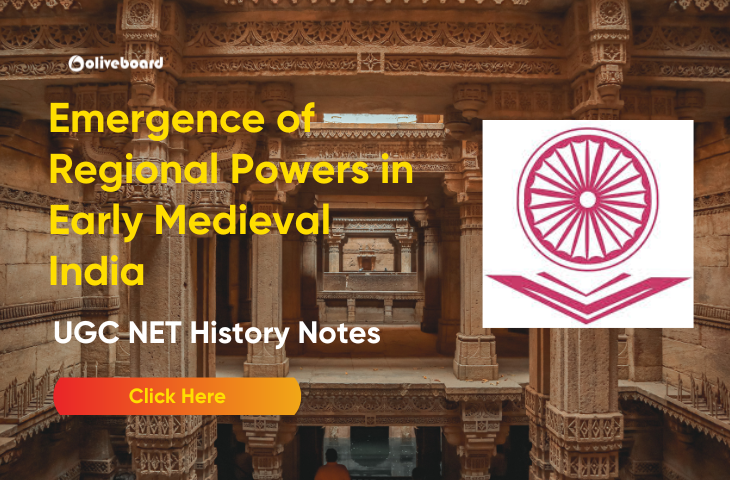
- Emergence of Heterodox Sects – UGC NET History Notes
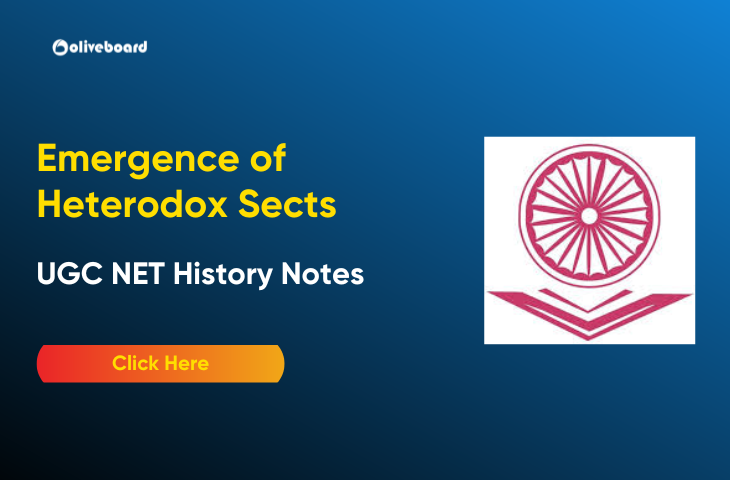
- UGC NET History Previous Year Question Paper, PDF Download
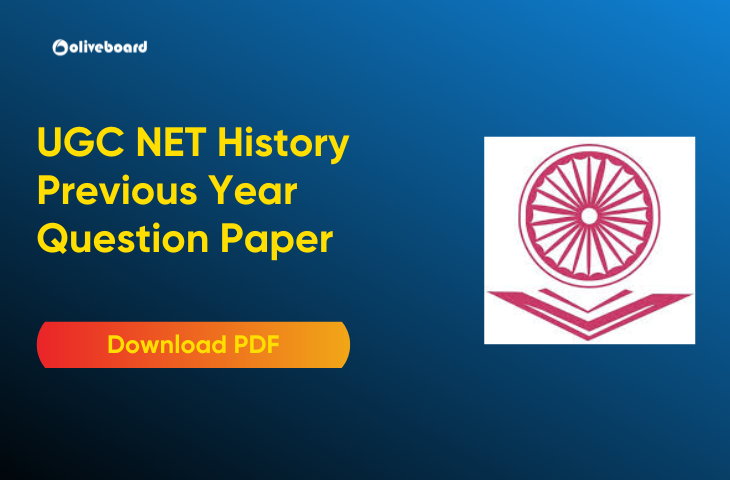
- Sangam Literature – UGC NET History Notes
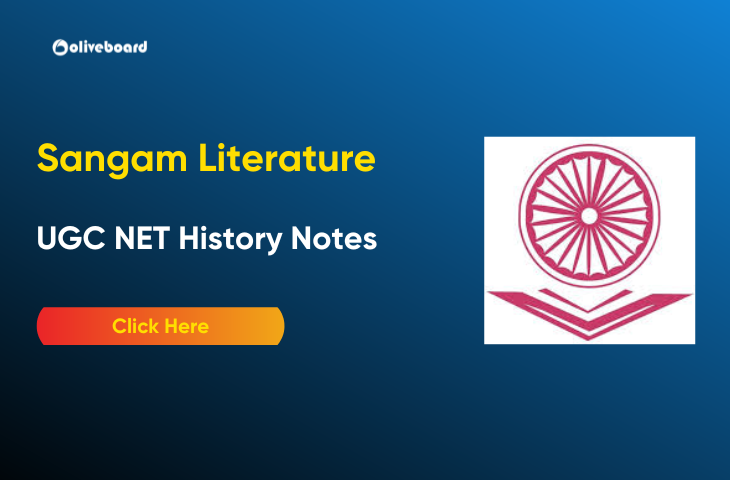
- Mauryan Art and Architecture – UGC NET History Notes
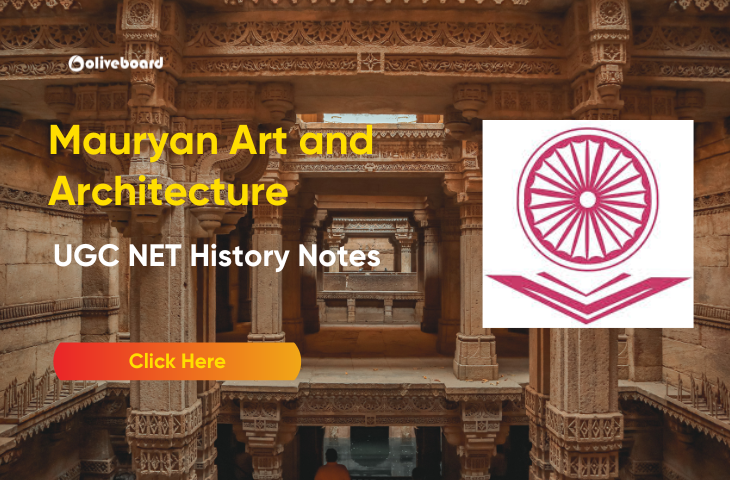

Hello there! I’m a dedicated Government Job aspirant turned passionate writer & content marketer. My blogs are a one-stop destination for accurate and comprehensive information on exams like Regulatory Bodies, Banking, SSC, State PSCs, and more. I’m on a mission to provide you with all the details you need, conveniently in one place. When I’m not writing and marketing, you’ll find me happily experimenting in the kitchen, cooking up delightful treats. Join me on this journey of knowledge and flavors!
